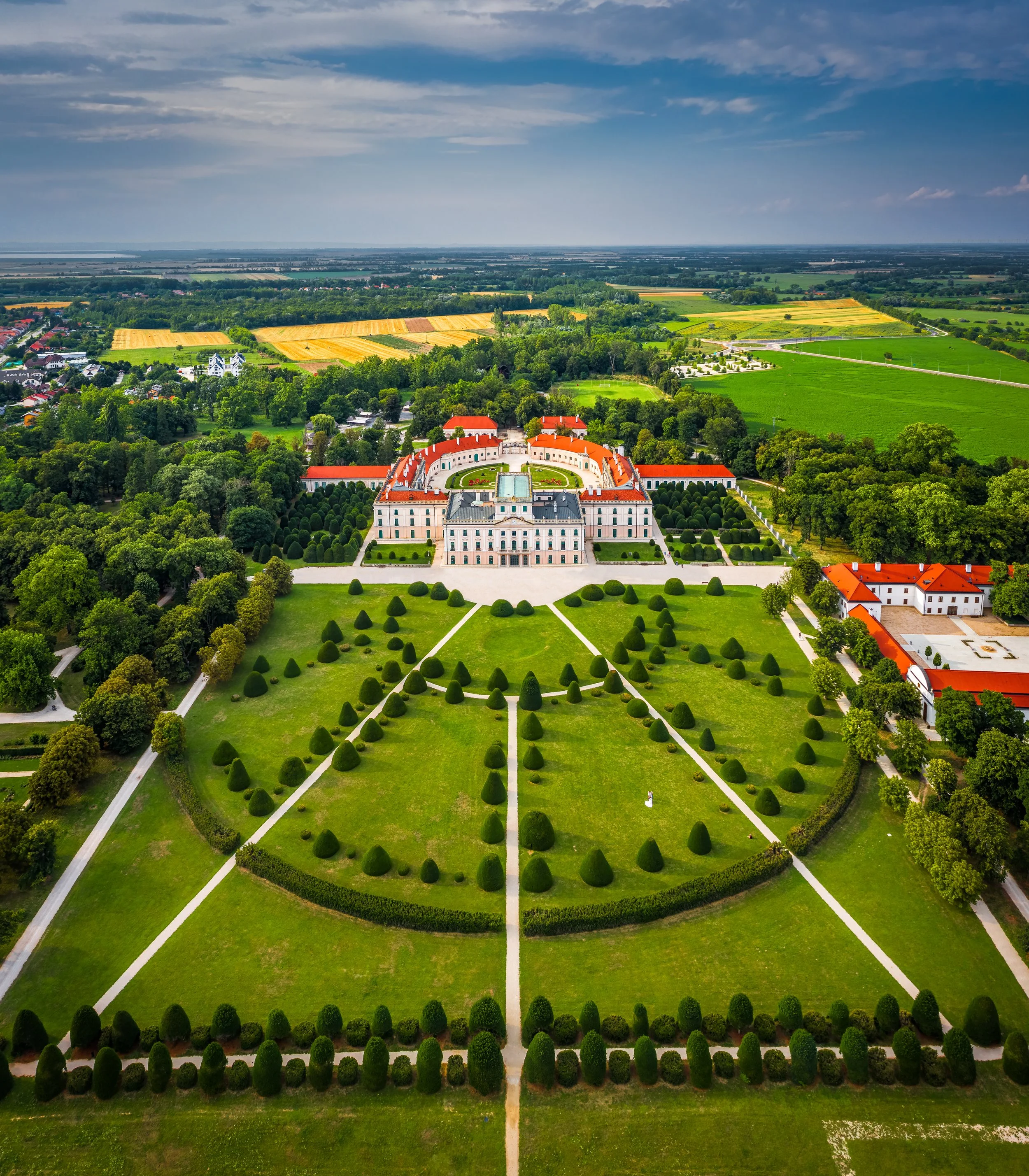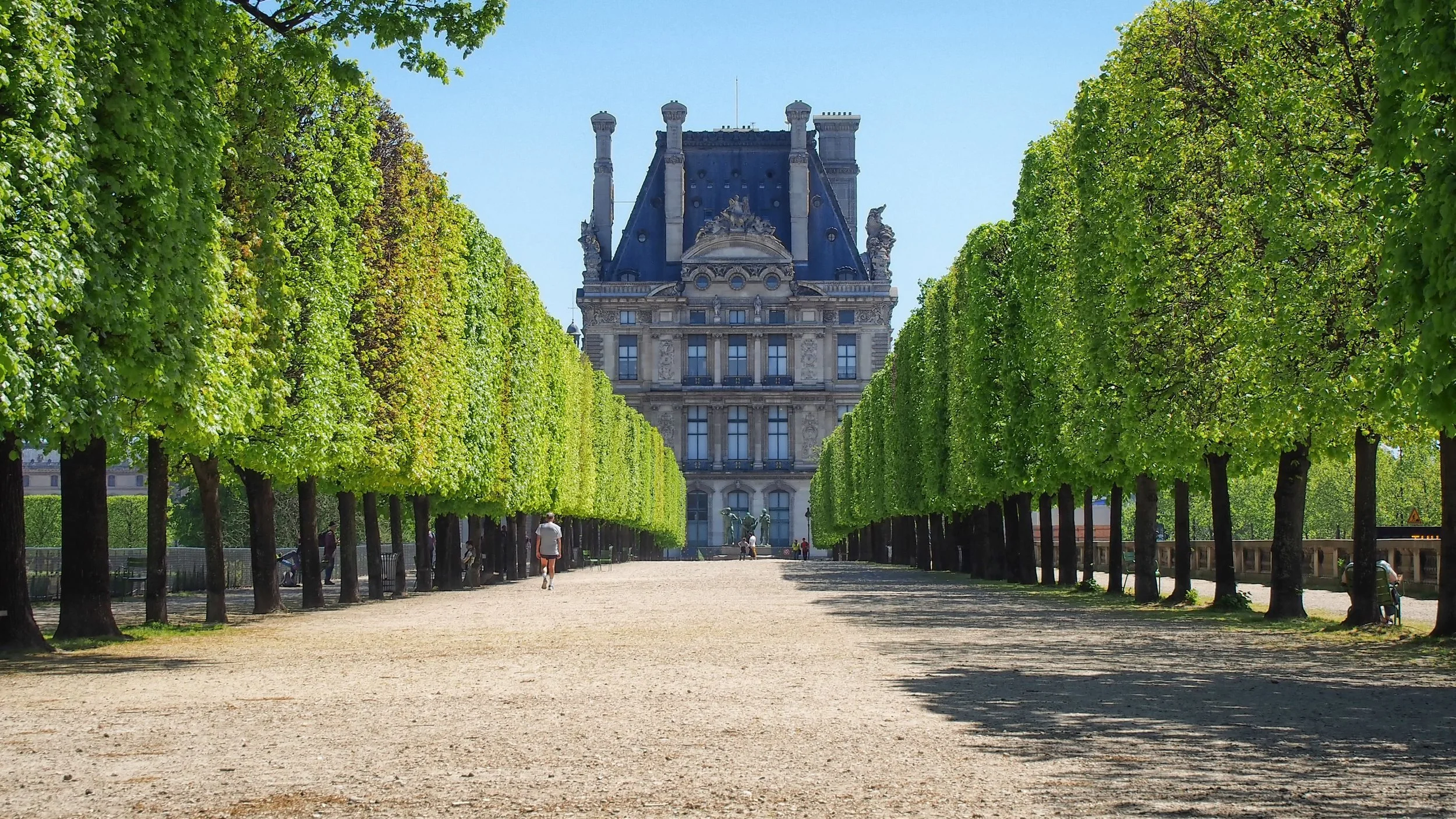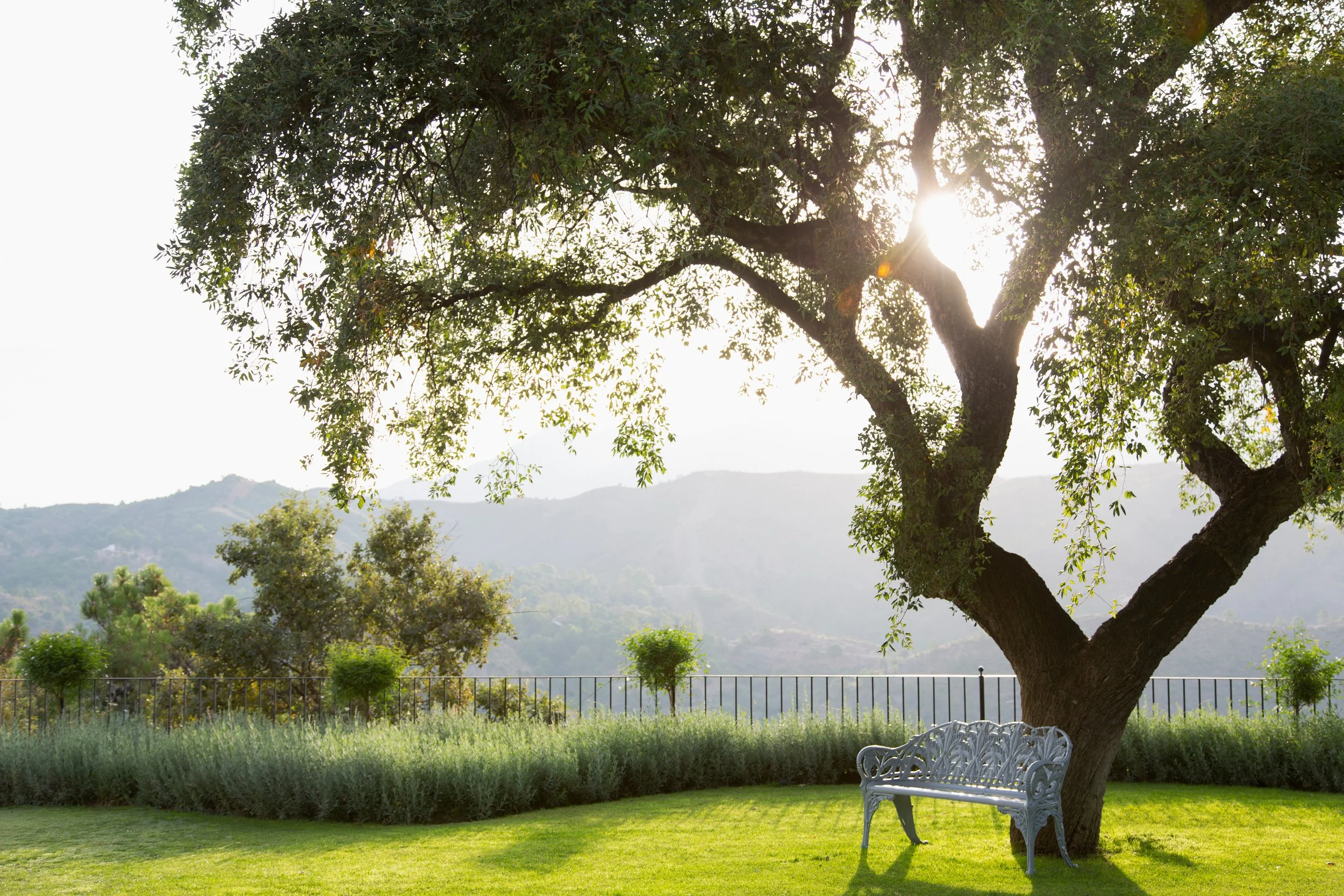FOCAL POINT IN A LANDSCAPE DESIGN
The Art of Landscape Design: Understanding the Crucial Role of Focal Points
Landscape design is a harmonious blend of art and science, where every element contributes to the overall aesthetic and functionality of outdoor spaces. Among the many design principles, the concept of a focal point stands out as a crucial element that can elevate the entire landscape. In this blog post, we'll delve into the significance of a focal point in landscape design and how it can transform outdoor spaces into visually stunning and engaging environments.
Guide the Eye :
Guiding the Eye
… towards a place that matters
A focal point acts as a visual anchor, guiding the observer's gaze and creating a sense of order within the landscape. By strategically placing a focal point, designers direct attention to a specific area or feature, allowing individuals to navigate and experience the space in a deliberate and engaging manner. This intentional guiding of the eye enhances the overall aesthetic and helps tell a story within the landscape.
Creates Visual Interest:
The path and the row of trees make this landscape an interesting display that leads the ear to the sound of the fountain and the eye to the dwelling.
Now picture this at night with so low voltage lighting under the trees. How splendid!
A well-chosen focal point adds interest and diversity to the landscape. Whether it's a striking sculpture, a vibrant flower bed, or a unique architectural element, a focal point draws attention and serves as a captivating centerpiece. This visual interest not only enhances the overall beauty of the design but also creates a memorable and enjoyable experience for those interacting with the space.
Establishes a Theme:
This plant can serve as a Focal Point
It then establishes a Landscape Theme in a succulent garden for the High Desert or Dry Climates.
Focal points play a pivotal role in defining the theme or style of a landscape. Whether it's a classical fountain, a modern sculpture, or a rustic fire pit, the choice of a focal point can set the tone for the entire design. By aligning the focal point with the desired theme, designers can create a cohesive and harmonious environment that resonates with the intended aesthetic.
Enhancing Functionality:
The Focal Point of this Garden is the Mature Tree!
However, by placing bench at its base we have added functionality to it, we utilize its shade and its environment.
Beyond their visual appeal, focal points can also serve functional purposes within the landscape. A strategically placed seating area, for instance, can act as a focal point while providing a practical space for relaxation or socializing. Integrating functionality into the design ensures that the focal point serves a dual purpose, adding both beauty and utility to the outdoor space.
Seasonal Dynamics:
Focal points can be dynamic elements that evolve with the changing seasons. This adaptability allows designers to create landscapes that remain visually captivating throughout the year. Whether it's a blossoming flower bed in spring, a water feature with vibrant foliage in summer, or a sculptural form highlighted by winter snow, a well-placed focal point ensures the landscape remains engaging and dynamic.
Conclusion:
In the world of landscape design, the importance of a focal point cannot be overstated. Beyond its aesthetic significance, a focal point plays a pivotal role in guiding the observer, adding interest, establishing themes, enhancing functionality, and adapting to seasonal changes. By understanding and harnessing the power of focal points, designers can transform outdoor spaces into immersive, visually pleasing environments that leave a lasting impact on those who experience them.





